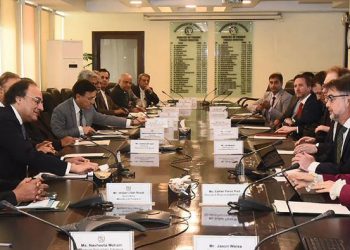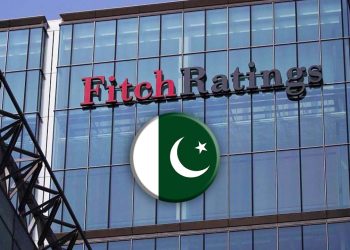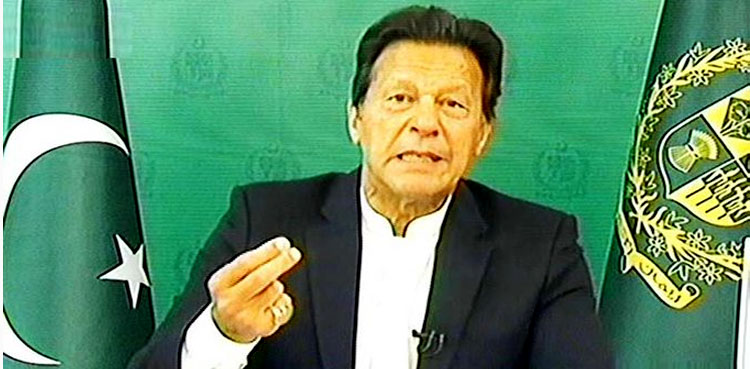The World Bank (WB) has projected that Pakistan’s GDP growth will be at 1.7% in the current fiscal compared to the official target of 3.5% while inflation may climb to 26.5% as compared to the official estimates of 21.5%, The News reported on Wednesday.
The WB also estimates a higher primary deficit of negative 0.4% of GDP against the official target of positive 0.4% agreed with the IMF.
The global lender has also ruled out the possibility of debt restructuring or changing the definition to include Pakistan in the category of Highly Indebted Poor Countries (HIPC) and instead cautioned Islamabad against a rising debt burden that may rise to 89.3% of GDP till FY2027.
The global lender also highlighted that it was difficult to undertake tax reforms as the political elites who are part of the executive/cabinet, parliament, political parties, finance ministers, cabinet committees and standing committees have a strong influence over tax policy.
The bank advised Islamabad to improve taxation measures, reduce subsidies and rationalise expenditures in order to trim the fiscal deficit by Rs2.723 trillion annually. It also highlighted that the macroeconomic outlook of the country is uncertain and is dependent on the effective implementation of reforms.
“In the short-term, macroeconomic stability will depend on the continued implementation of FY24 budget and IMF-SBA agreement, coherent fiscal and monetary policy mix, market-determined exchange rate, and reduced policy and political uncertainty.
“Pakistan faces multiple downside risks including high liquidity risks and low international reserves, unstable political environment, and external shocks,” the WB added.
“Under adverse circumstances, the public and publicly guaranteed debt (PPGD) could reach up to 89.3% of GDP by FY27. Pakistan’s PPGD is extremely sensitive to an exchange rate or interest rate shocks,” the WB’s report titled “Pakistan Development Update: Restoring Fiscal Sustainability” released here during a press conference from Washington, DC, and the Bank’s office in Islamabad on Tuesday.
WB’s Country Chief Najay Benhassine said the projected dollar inflows from the bank might drop from over $2 billion in the last financial year to around $1.5 or $1.6 billion, including the possibility of a programme loan of $350 million under RISE-II during the current fiscal year.
The disbursement of loans in the last financial year was on the higher side due to the 2022 floods but the final figures are dependent on the executing agencies ability to accelerate the process of implementing the projects.
The Public Expenditure Review (PER) of the WB has estimated that the government could save Rs2.723 trillion or 4.07% of GDP by reducing regressive subsidies in the power sector, trimming operations in devolved ministries, devolving Higher Education Commission (HEC) and NCHD, reducing development spending, adopting Treasury Single Account as well as taking steps to overhaul GST, Personal Income Tax and imposing FED on cigarettes.
The bank has estimated that there are 12.5 million people added to the list of those living below the poverty line in Pakistan as the poverty line has gone up from 34.2% to 39.4% of the population in last fiscal 2022-23 owing to severe floods and record inflationary pressures. This implies that around 96 million people are living below the poverty line.














































